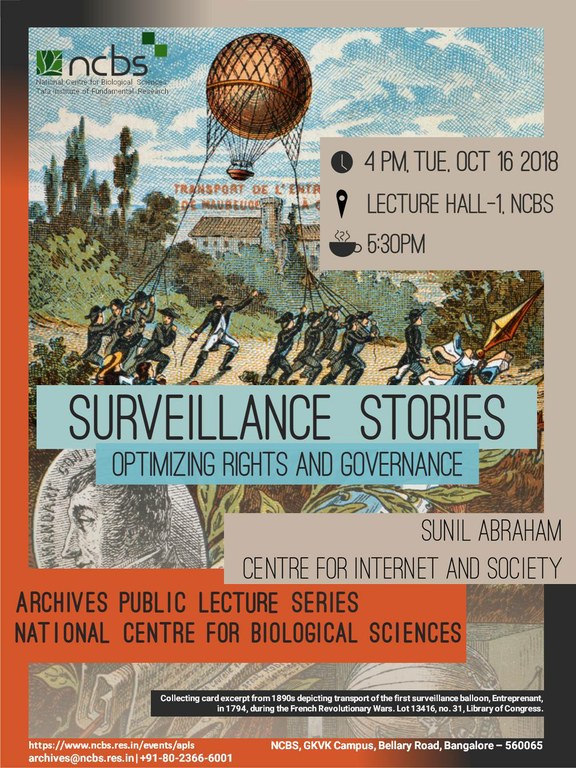Surveillance Stories: Optimizing rights and governance

These stories were used to explore multiple technical solutions for solving the “surveillance optimization problem”. Policy makers have to simultaneously maximize various rights — the right to privacy, the right to transparency, the right to free speech — and uphold the imperatives of the nation state: national security, law enforcement and effective governance.
Two decades ago, Lawrence Lessig introduced a socioeconomic theory of regulation called the ‘pathetic dot theory’, which discusses how individuals in a society are regulated by four forces — law, code or technical infrastructure, market and social norms. The talk will explore how these four regulatory options contribute to solving the surveillance optimization problem.
This was published on the website of National Centre for Biological Sciences


